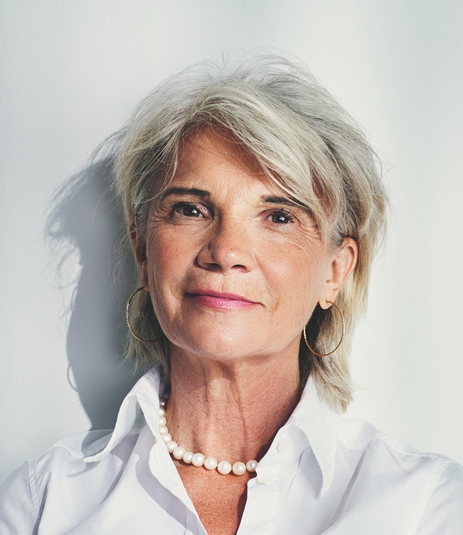
Photo: Lanserhof, Max Koenig
Our five clinics are known for their detoxification programmes, with most clients spending a week in them under medical supervision and with a strict nutritional programme.
Each location also has a variety of the latest medical diagnostic technology. I receive marketing on new technology every day, companies come to pitch to us and staff travel to look at new diagnostics in action. Devices have to fit our concept – they need to be high quality and modern, yet simplistic, reliable and add to our understanding of a person as a whole. We look at everything critically and many times tests are not adequate.
One of our all-encompassing, easy-to-use tests is Global Diagnostics which uses electromagnetic frequencies to measure the body’s energetic structure. This reveals any number of hidden conditions such as toxic overload, lymphatic blockages and active viruses. In the near future, we’ll also be introducing an MRI machine at Lans Tegernsee.
Our Spine Lab and Movement Lab in London are great examples of cutting-edge diagnostics. They use the Centaur which tests for neuromuscular imbalances in the spine and back. They’re staffed with sports scientists who analyse gait and movement to detect irregularities.
While we take advantage of technological advancements, remembering the human element is key. Many patients arrive with chronic issues, liver overload, joint problems and headaches and machinery can only capture so much of that.
That’s where our professional observations and individualised treatments come in. Upon check-in, Lanserhof guests spend one hour in a medical examination with a physician, who uses their training, patient input (learning about needs and expectations) and medical data to develop a treatment plan for the stay.
During a week-long visit, the patient will see the doctor an additional three to four times. Our specialists – osteopaths, physiotherapists, sports scientists, energetics, and dermatological and cosmetological experts – also have meetings to discuss patient progress and share information which directs treatment protocols.
Devices have to fit our concept – they
need to be high quality and modern,
yet simplistic and reliable.
Many tests are not adequate